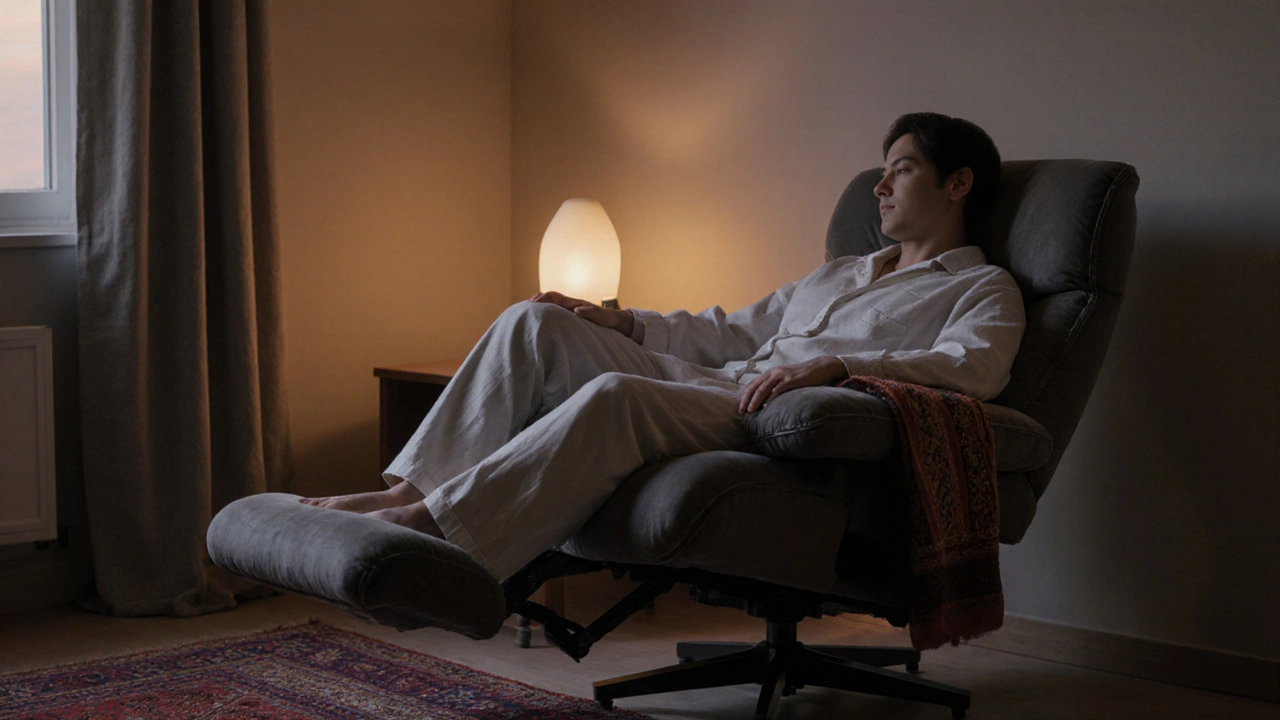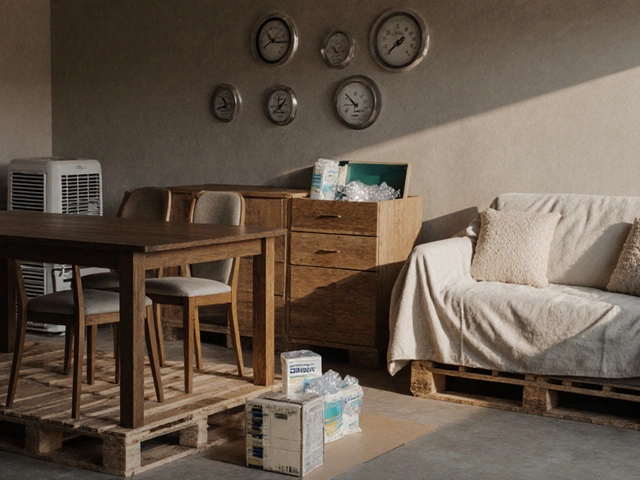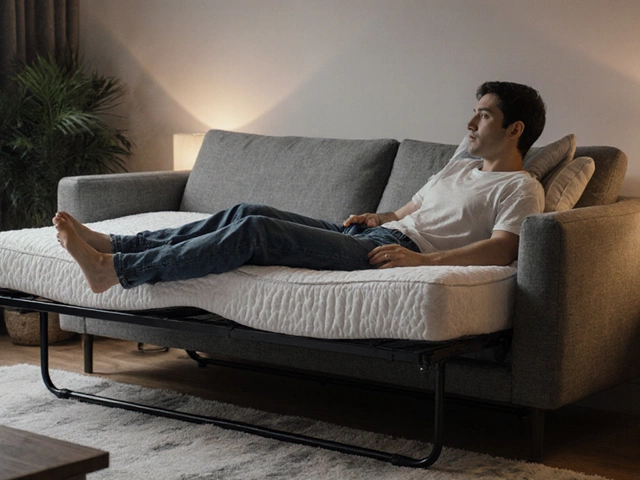Sleeping Posture: How Your Furniture Affects Rest
Sleeping Posture, the way your body aligns when you lie down or recline, influencing comfort and spinal health. Also known as sleep position, it plays a big role in how well you rest on sofas, recliners or beds. When you think about a good night’s sleep, you probably picture a mattress, not a couch. Yet many of us end the day on a sofa, a recliner, or a daybed, so the quality of that sleeping posture can make the difference between waking up refreshed or sore.
Recliner, a chair with a backrest that tilts backward and often includes a footrest, designed for relaxed seating. Also called a reclining chair, it directly influences sleeping posture by allowing the user to adjust lumbar angle and leg elevation. A well‑designed recliner lets you tilt just enough to keep the spine in a neutral curve, reducing pressure on the lower back. For anyone who Netflix‑bingees before bed, the recliner becomes a mini‑sleep station, and the adjustability determines whether you’ll feel stiff in the morning or ready to roll out of bed.
Key Factors That Shape Your Sleeping Posture
Sofa Bed, a couch that folds out into a mattress, offering a dual function for seating and sleeping. It’s also referred to as a pull‑out sofa. The sofa bed affects sleeping posture by combining the comfort of a couch cushion with the support of a mattress. If the mattress is too thin or the frame is flimsy, the spine can sag, leading to a misaligned posture. Choosing a sofa bed with a sturdy frame, high‑density foam, or even a pocket‑spring layer helps maintain a neutral spine whether you’re lounging or actually sleeping.
Daybed Couch, a piece of furniture that serves as both a sofa and a bed, typically with a backrest and a single mattress. It’s also known as a daybed. Daybeds enable versatile sleeping posture because they let you sit upright for reading or recline fully for sleep without needing to re‑configure the room. The key is the mattress firmness and the support of the frame; a daybed with a medium‑firm mattress encourages proper spinal alignment while still feeling cozy for daytime naps.
Beyond the furniture itself, ergonomic design principles tie everything together. Sleeping posture encompasses ergonomic design, meaning each piece should support the natural curves of the body. It requires proper support – a firm yet forgiving surface, adequate lumbar support, and the ability to adjust angles. When you match a recliner’s tilt with a sofa bed’s mattress density, you create a seamless transition from sitting to lying down. This synergy improves sleep quality, reduces morning aches, and even helps with breathing by keeping the airway open. In short, the way you sit, recline, or lie down on your furniture directly shapes your overall rest experience.
All of these insights set the stage for the articles below. You'll find practical advice on choosing the right recliner for back health, how to pick a sofa bed that won’t sag, tips for daybed placement, and more. Dive into the collection to discover how each piece of furniture can be tuned for a healthier, more comfortable sleeping posture.
Sleeping in a Recliner Every Night: Risks, Benefits & Tips
Explore the health impacts of sleeping in a recliner nightly, with benefits, risks, ergonomic tips, and a clear guide on when to switch back to a regular bed.





